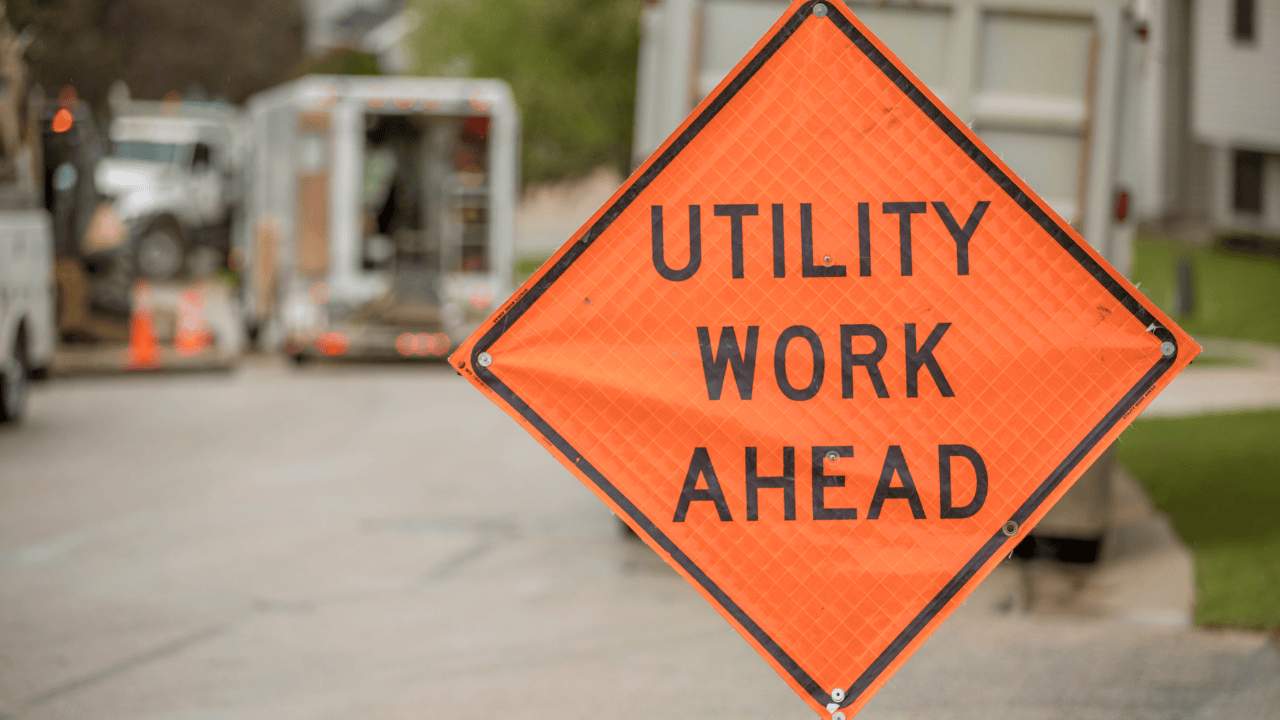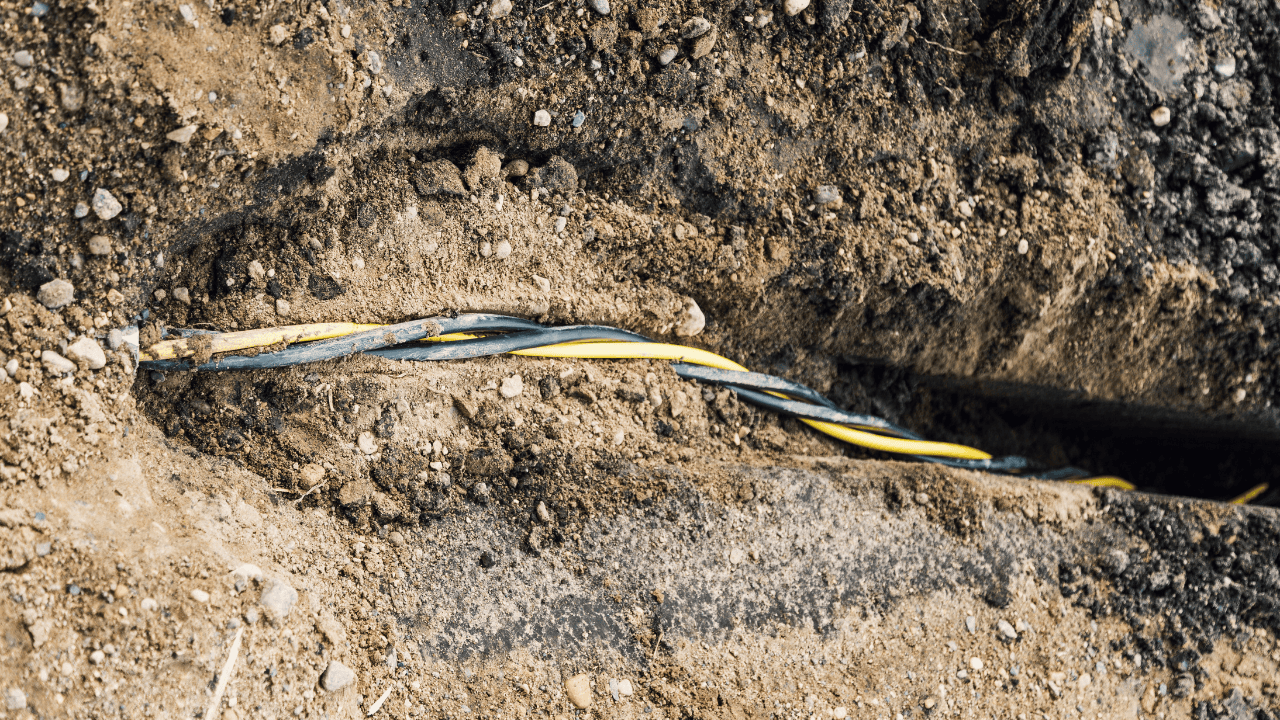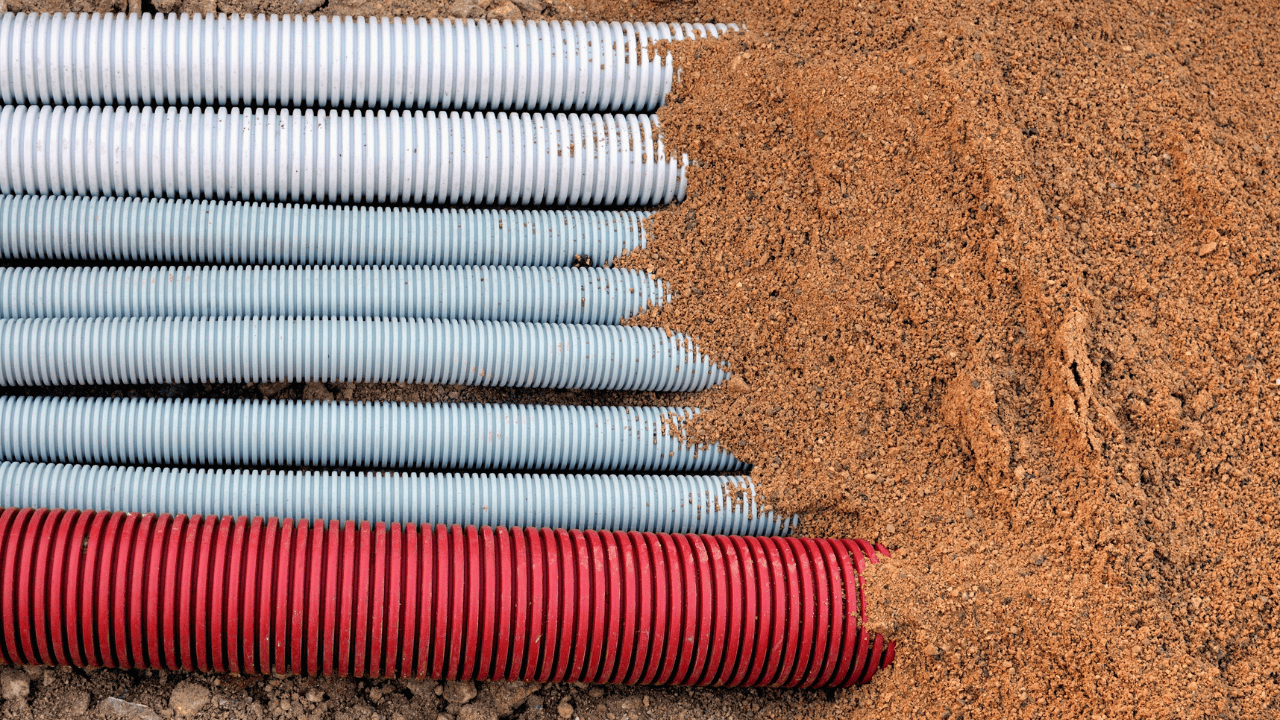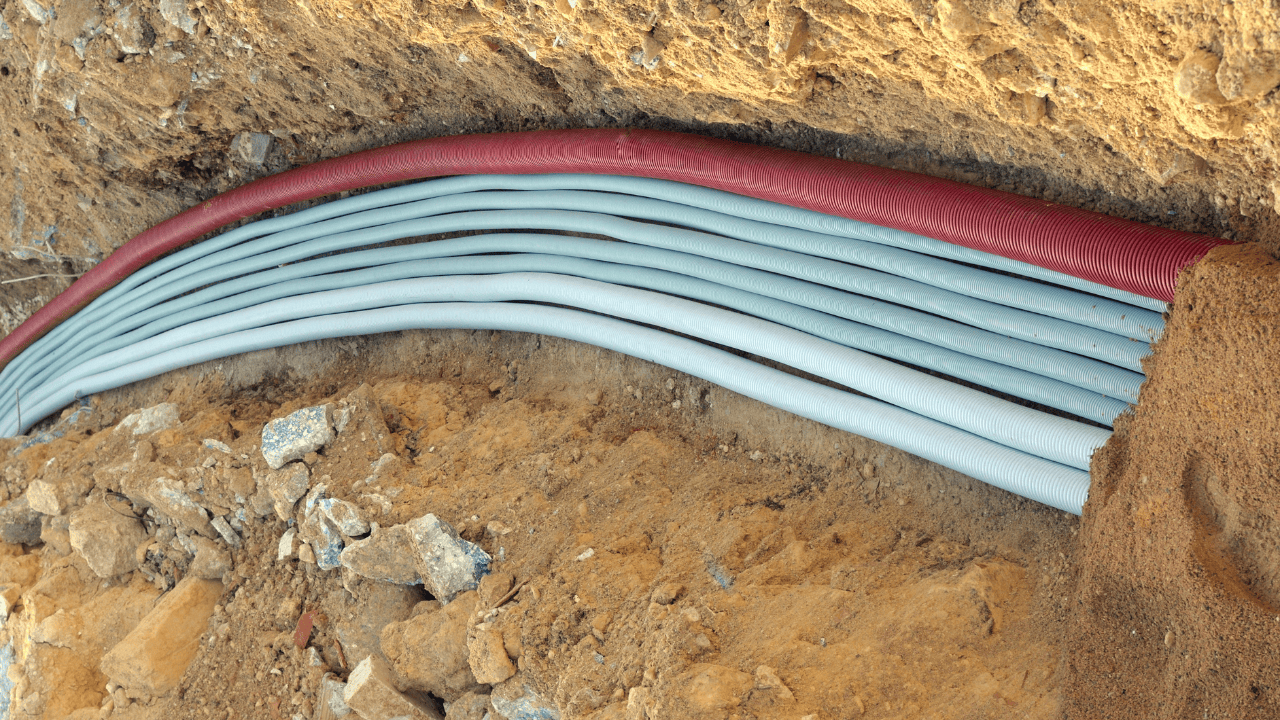Key Takeaways
- Combining potholing with technologies like GPR and EMI enhances accuracy in utility locating by providing both mapped and direct exposure of underground conduits.
- Ground Penetrating Radar (GPR) efficiently detects both metallic and non-metallic materials, making it ideal for complex utility projects.
- Electromagnetic Induction (EMI) offers fast, reliable detection of metallic lines, such as electrical and power conduits, in various projects.
- Acoustic locating is a non-disruptive technique suited for identifying fluid-filled pipes, making it valuable in plumbing and infrastructure upgrades.
- Potholing’s direct exposure ensures precise conduit location, reducing risks of accidental damage and delays in high-risk excavation areas.
Starting any construction project is like solving a complex puzzle. While blueprints and site plans give you a rough outline, there’s still an element of mystery when it comes to what lies underground.
Hidden utility conduits—like electrical lines, water pipes, and gas lines—can pose significant risks if not identified correctly. That’s where potholing, along with advanced underground utility locating technologies, comes in.
In this article, we’ll explore how potholing works alongside other utility locating techniques to minimize risks and ensure a safer, smoother project from the ground up.
The Importance of Combining Utility Locating Techniques
Locating underground conduits accurately involves more than one method. Each utility locating technology has strengths that make it ideal for specific tasks. While tools like Ground Penetrating Radar (GPR) and Electromagnetic Induction (EMI) provide initial mapping, potholing serves as the final confirmation method.
It offers a hands-on approach that uncovers the exact location of utility products, allowing business owners to proceed with confidence in their projects. Using multiple utility locating techniques reduces the risk of errors and ensures comprehensive underground mapping.
Together, these techniques prevent potential damage, reduce project delays, and increase the overall efficiency of excavation projects. For business owners, employing a range of locating tools can lead to safer project outcomes and minimized costs.
Overview of Key Utility Locating Techniques
Utility locating services rely on several technologies to create accurate underground maps. Here are some essential methods used for locating underground conduits:
1. Ground Penetrating Radar (GPR)
Ground Penetrating Radar (GPR) is a widely used method for underground utility locating. It works by sending high-frequency radio waves into the ground, which bounce back upon encountering objects. GPR is valuable for detecting both metallic and non-metallic materials, making it a versatile option for electrical line locating, power line locating, and utility conduit locating.
- Ideal for Non-Metallic Objects: GPR is useful for finding non-metallic pipes, such as PVC or concrete.
- Minimal Surface Disturbance: This method allows mapping without any physical interference, providing a clear underground view.
For instance, in a commercial development project, GPR helps map electrical and water lines to prevent accidental hits during excavation.
2. Electromagnetic Induction (EMI)
Electromagnetic Induction (EMI) works by generating a magnetic field that identifies metallic objects underground. It’s especially effective for electrical line locating, as it can trace conductive materials like metal pipes and power lines.
- Efficient for Metal Detection: EMI is specialized for locating metal-based conduits, such as underground power lines and cables.
- Quick Feedback: The method provides immediate results, allowing fast decision-making for urgent projects.
In utility conduit locating for an office renovation, EMI can rapidly confirm the location of electrical conduits, reducing delays and ensuring that essential lines are preserved.
3. Acoustic Locating
Acoustic locating uses sound waves to detect underground utilities, making it particularly effective for water pipes and sewer lines. By listening to variations in sound, technicians can identify fluid-filled pipes and locate leaks or cracks.
- Ideal for Water and Sewer Lines: Acoustic locating is useful for fluid-filled pipes.
- Non-Disruptive: It provides precise information without any ground disturbance.
During plumbing upgrades, acoustic locating helps detect existing water lines, preventing accidental damage to the utility infrastructure.
4. Potholing (Vacuum Excavation)
Potholing, also known as vacuum excavation, is a direct method for locating underground conduits. Unlike GPR or EMI, potholing physically exposes the utilities. A small hole is created, and a vacuum removes soil to reveal the utility conduit beneath. This precise exposure ensures the exact conduit location, confirming previous locating results.
- Final Confirmation: Potholing verifies previous findings by exposing the utility conduit directly.
- Safety Assurance: By exposing only the utility in question, potholing reduces the risk of accidental damage.
For example, after GPR or EMI indicates the location of a power line, potholing can expose it physically, ensuring absolute accuracy. This is particularly beneficial for high-risk areas, where certainty about utility placement is essential.
How Potholing Complements Non-Invasive Techniques
Potholing serves as a final verification method, working in tandem with non-invasive locating tools. While GPR, EMI, and acoustic locating provide initial mapping, potholing offers direct confirmation. This multi-step approach ensures no utility lines are overlooked, and project teams can proceed confidently.
Combining these methods also enhances safety. Potholing allows for controlled exposure, ensuring that utilities are not accidentally damaged. The result is a comprehensive, accurate utility map that supports efficient, risk-free excavation.
Practical Applications of Potholing and Utility Locating Techniques
Using potholing alongside other underground locating methods has significant practical benefits for various types of projects. Below are some common scenarios where potholing complements utility locating:
- Commercial Construction: In commercial building projects, precise electrical line locating is essential to protect existing utility lines. GPR and EMI can map outlines, while potholing provides direct verification for secure planning.
- Infrastructure Maintenance: For infrastructure upgrades, utility conduit locating is vital to prevent disruptions to essential services. Acoustic locating can identify water lines, while potholing confirms conduit positions, ensuring maintenance projects proceed without unexpected damage.
- Pipeline Installation: During pipeline installation, accurately locating existing conduits is crucial to prevent cross-interference. Non-invasive methods like EMI initially identify power lines, while potholing ensures that excavation avoids these areas safely.
- Office Renovations: When renovating office spaces, potholing provides a safe way to confirm utility placements. By using GPR and EMI for initial mapping, and then potholing for final exposure, business owners can safeguard their building’s infrastructure.
Guarantee Precision and Safety with Combined Utility Locating Services
Maximize the safety and accuracy of your excavation projects by combining utility locating techniques with potholing.
From GPR and EMI to direct verification through potholing, these tools provide comprehensive insights, enabling your team to work confidently.
Connect with Util-Locate to partner with professionals who prioritize this advanced approach. We are experienced underground utility locators, dedicated to ensuring safe, efficient excavation to keep your project on track and your team protected.




